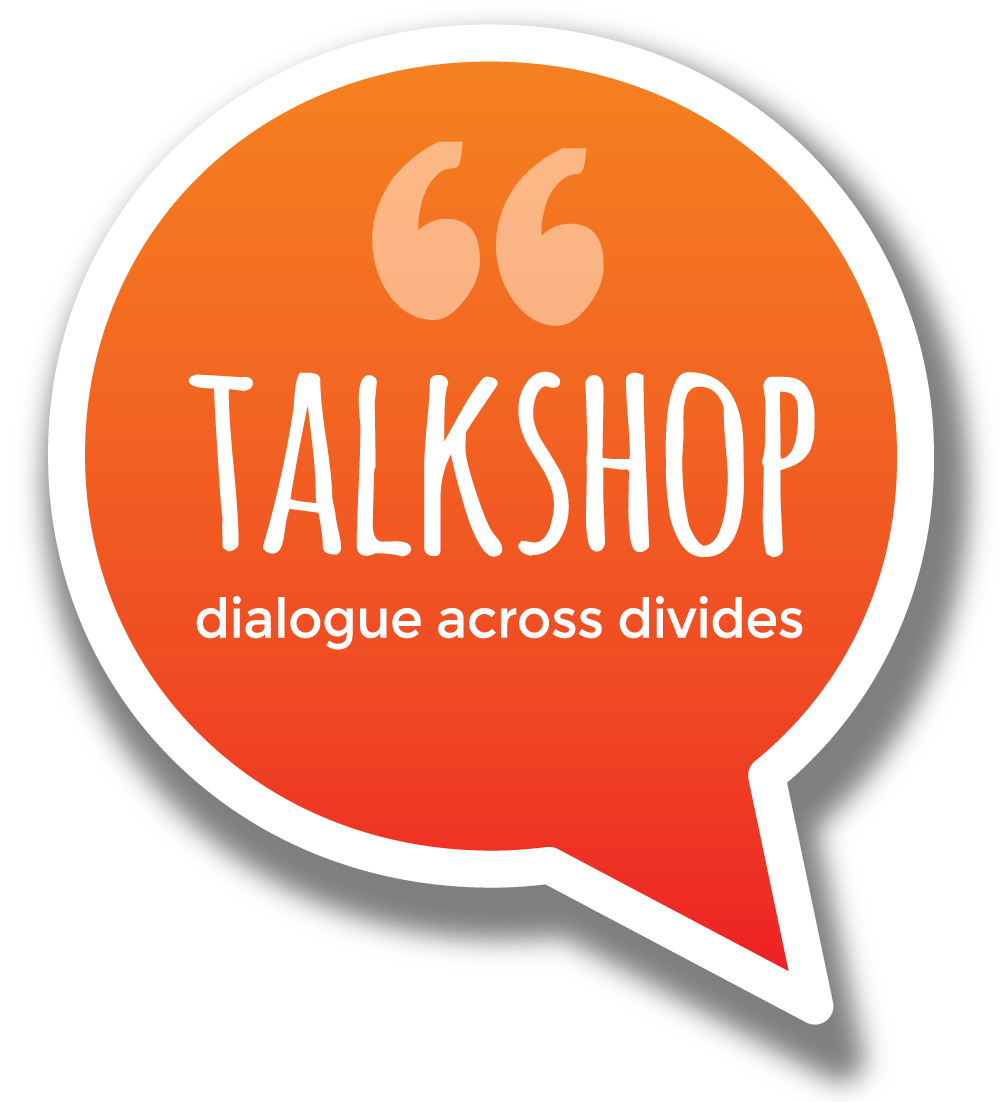Win-Win Workout predictive policing
Perry Walker writes:
In the latest of our monthly Win-Win Workouts, the participants each represented one of six very different characters:
- Diana Sardjoe, Dutch founder of The Mother is the Key (De Moeder is de Sleutel) to make people more aware of predictive policing
- Brian MacDonald, CEO of Geolitica (formerly PredPol) which does hot spot mapping
- Will Douglas Heaven, senior editor for AI at the MIT Technology Review
- Cressida Dick, the first female and first openly gay commissioner of the Met Police in London who resigned in 2022
- Yeshi Milner, who cofounded and now directs an organisation called Data for Black Lives
- Cass Sunstein, Professor in the Harvard Law School, co-author of Nudge
The participants, none of them specialists, were given information about their characters and about the topic. Here for instance is some of the basic information about what predictive policing is and why it matters:
- Predictive policing uses computer algorithms to predict future crimes. An ‘algorithm’ is a set of step-by-step procedures for completing a task or solving a problem. A recipe for baking a cake is one example.
- In this case, computer algorithms use large amounts of historical police data, such as where and when crime has been recorded, to make predictions. These are in two main areas:
• Hot spot mapping (also called ‘place based’) – identifying places and times where crime is likely to take place
• Individual risk assessment programs (also called ‘person based’) – predicting who is at risk of offending or likely to reoffend
Shared aims
Once people had found out a little about the topic and described their character to each other, they developed aims for their character and/or for themselves. In order to seek win-win solutions, these had to be acceptable to everyone. There were eight such aims. They fall into three areas
- Safety and crime reduction
- All people feel safe, including those who are marginalised and vulnerable
- Reduce crime as much as possible, without tools that contain inherent personal or social bias
- The relationship between citizens and the police
- Increase the positive relationship between citizens and the police
- Aim is that all people, including those in targeted predictive policing areas, feel positively towards the police.
- [Community and police to come together] to identify the pros and cons of predictive policing
- Tackling bias
- Require any algorithms used in predictive policing to meet certain standards of transparency, reducing bias etc.
- Minimise bias in policing, including bias in any technology/algorithms used and bias in the police/judiciary
- Aim to create an unbiased algorithm (i.e. although that may be impossible, get as far towards achieving your aim as you possibly can)
Solutions
The solutions that could help meet these aims, and which were, again, acceptable to everyone, are as follows. A couple of themes appeared.
Changing the nature of proactive policing
- Targeted locations become multi-intervention areas with police being one supportive actor among other social investments
- The algorithm is used not for predictive policing but for positive development interventions
- Community and personal contacts will help police tackle anti-social behaviour
Citizen involvement
- Citizens body appointed to run/oversee the use of the algorithm. Voted on and answers to the general public.
- Organise very well facilitated meetings between selected community and police members
Other solutions
- Oversight and control of policing, including any algorithms used
- Remove the misogynistic, militaristic, culture within policing. A bullying culture is rife.
- Use only crime type, crime location, crime date/time to identify hot spots (as opposed to using personally identifiable or demographic data).
In conclusion
That seems a remarkably sophisticated conclusion for this small group to produce and agree on in a couple of hours.
